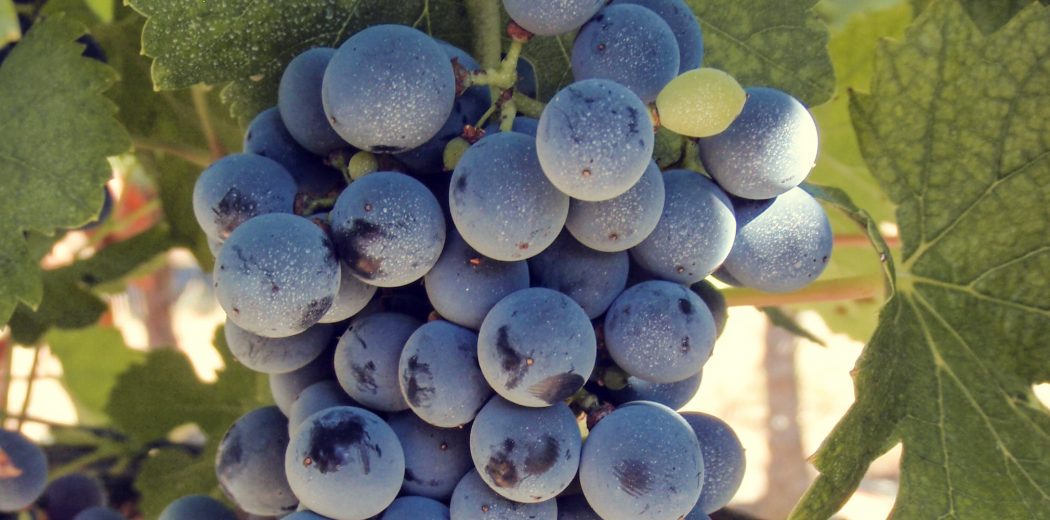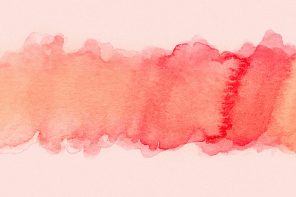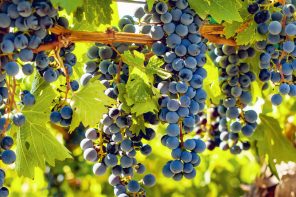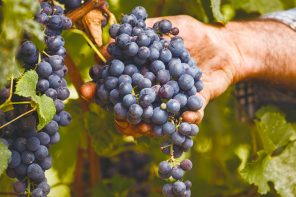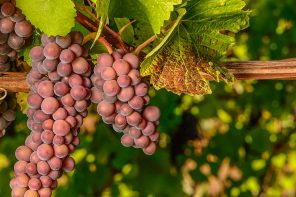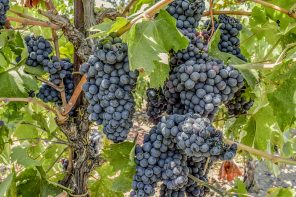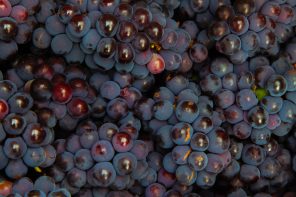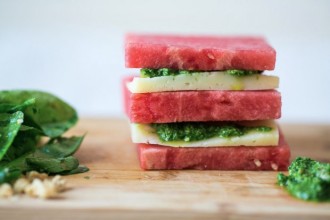China’s wine industry may be flourishing, but it’s still lacking a very significant aspect in its quest to becoming a notable wine world player: a mascot. That’s where Marselan comes in. The red grape, which has its roots in the French town Marseillan on the Mediterranean coast, first popped up in China in 2001 and when the debut vintage was introduced in 2003, responses were warm and receptive. Since then, wineries across the country have planted the vine for a total of 267 hectares, which might not be an overwhelming amount but is significantly more than the 2.75 hectares planted when it was first introduced. Now, Chinese wine authority Professor Li Demei hopes it will become China’s “signature” grape.
Desirability at its highest
Not a surprise, as Marselan is very desirable. But, let’s take a step back for some perspective on why exactly it’s so desirable. A few decades ago, winemakers were trying to create high-quality grapes and, in 1961, bred a winner in France’s Languedoc region. The child of Cabernet Sauvignon and Grenache, Marselan combines the best of both and is friendly to producer and drinker. Thriving in sunny terroir, it has big bunches (which equals high yields), small berries (which means richer flavors and more tannins) and is resistant to heat and many diseases. Obviously, it was popular. In 2011, the Southern Rhône area had 3,423 hectares dedicated to it and remains one of the most prominent growing regions. The up-and-comer has also spread its leaves in places like Spain, Argentina, Brazil, Arizona and California.
Your average Marselan, often used in blends with grapes like Merlot, will be a strong purple color with notes of ripened dark fruits. Unlike an American Cab, there are no undertones of oak. It’s a great wine to age as the soft tannins eliminate the risk of bitterness — the older your bottle, the more you’re likely to get hints of red fruits. We know the only thing better than drinking is drinking and eating — Marselan wines go well with Italian-inspired fare. Think veggies, salads, and creamy pastas, though the grapes are also well-complemented by stronger cheeses.
The future of Marselan in China
China’s wine industry is still quite young — modern wine-making really only emerged just over 100 years or so ago — and Professor Demei believes that Marselan, rather than current leader Cabernet Sauvignon, is its best poster child. Marselan has seen significant development as more producers are trained abroad, bringing innovation and new perspectives back to China. And perhaps the professor is onto something: Marselan’s most recent claim to fame has been the partnership between the Chinese and the French. The two governments have planted it in the Sino-French Demonstration Vineyard near the Great Wall to generate Chinese interest in winemaking, while Château Lafite Rothschild grows Marselan in its Chinese vineyards.

